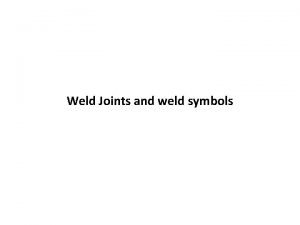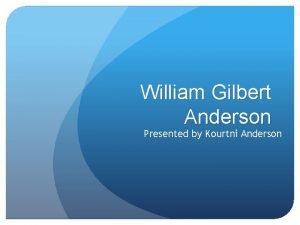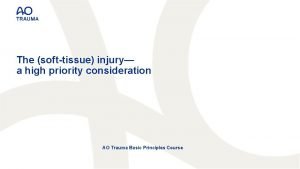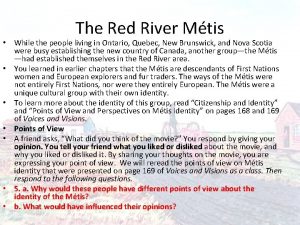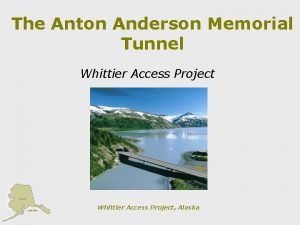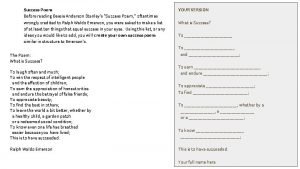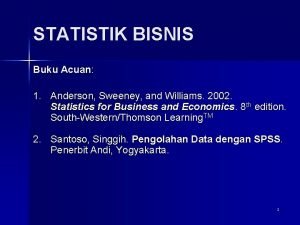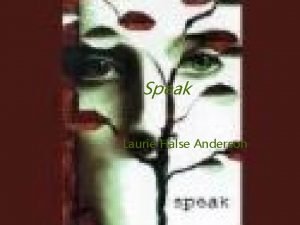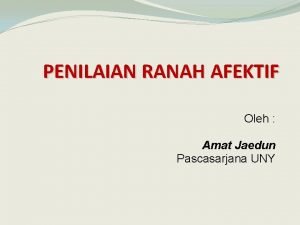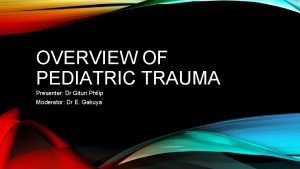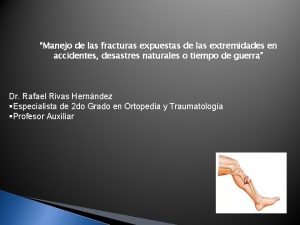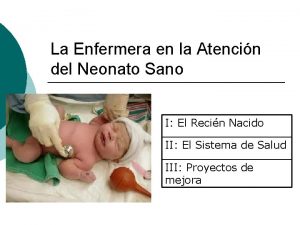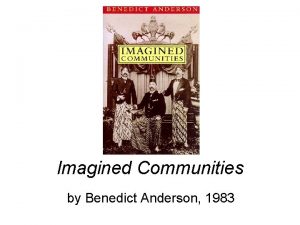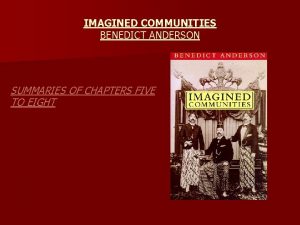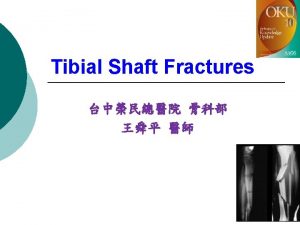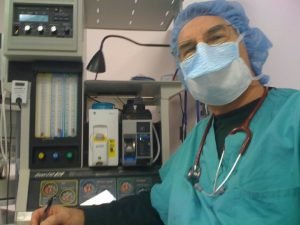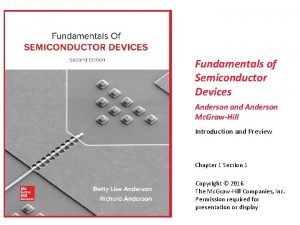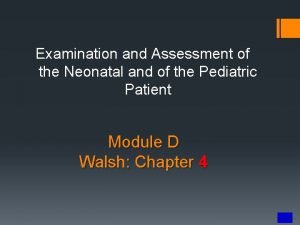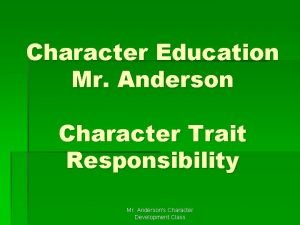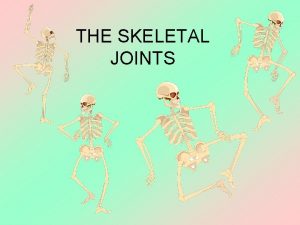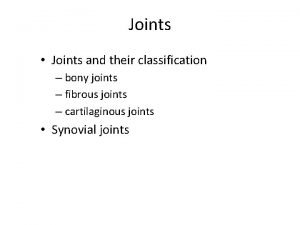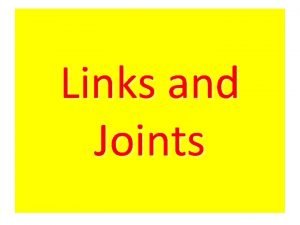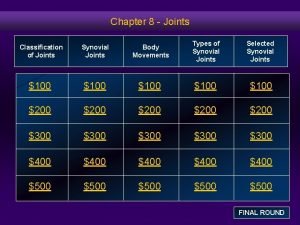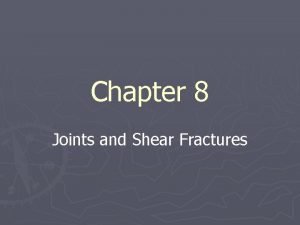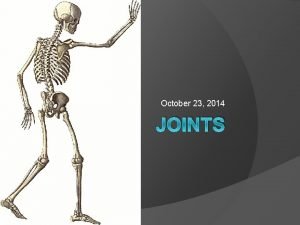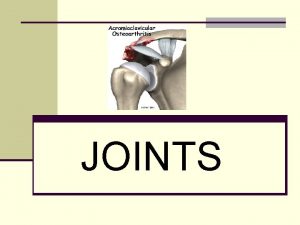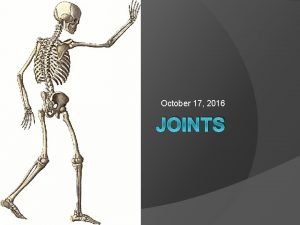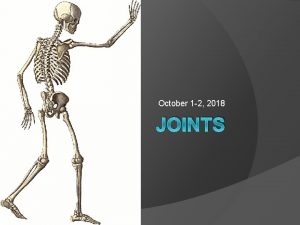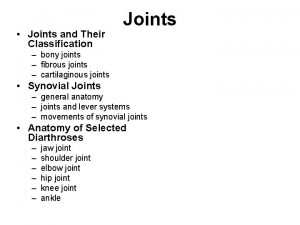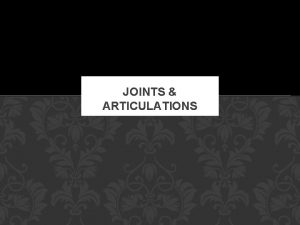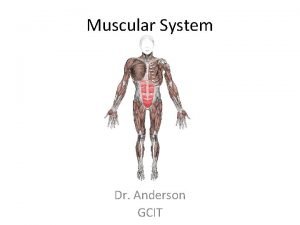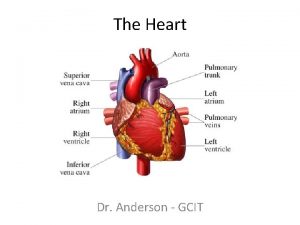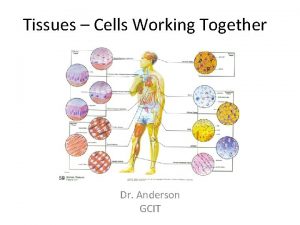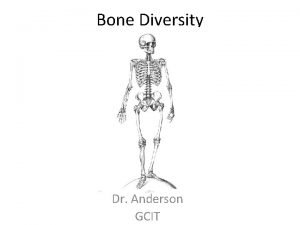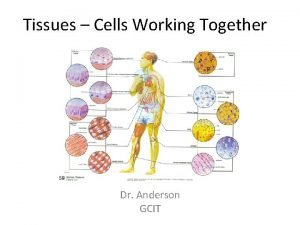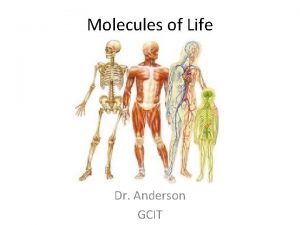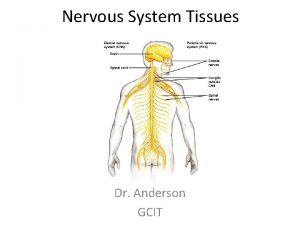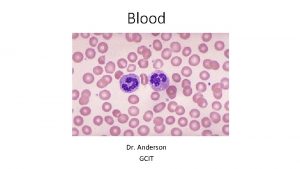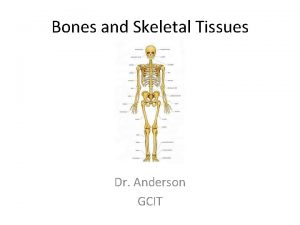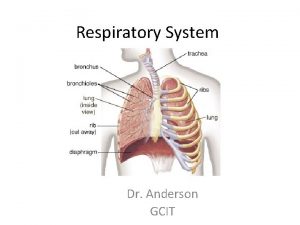Joints Dr Anderson GCIT Joints Where two or



























- Slides: 27

Joints Dr. Anderson GCIT

Joints • Where two or more bones meet • Function – Connection (ligaments) – Movement (muscles) – Protection (joint capsule)

Joint Classification Structural Functional Fibrous – synostoses (immovable), syndesmoses (variable movement), gomphoses (peg-in-socket) Cartilaginous – synchondroses, symphyses Synarthroses – bones don’t move relative to each other Synovial – articulating bones are separated by a fluid-filled cavity (most joints) Diarthroses – freely moveable Amphiarthroses – “slightly” moveable

Sutures • Fibrous joints, slightly mobile in youth, immobile as adult (e. g. cranial sutures) – Limited mobility allows brain to grow during development – Immovability as adult serves as a protective function Top of Skull (newborn baby)

Syndesmoses • Bones connected exclusively by ligaments • Movement varies according to length of the ligaments forming the joint, e. g. : – Very limited movement between tibia and fibula – Very pronounced movement of ulna around radius

Gomphoses • Peg-in-socket, fibrous joint • Only example is the teeth in their alveolar cavities connected by the periodontal ligament

Cartilaginous Joints • Articulating bones are united by cartilage – Synchondroses and symphyses

Synchondroses • Cartilage that unites two bones (such as the epiphyses to the diaphyses in the long bones of children and young adults) • E. g. Epiphyseal plates

Symphyses • Where articulating bones are lined with cartilage, which is fused to a pad or plate of fibrocartilage – E. g. – intervertebral discs, pubic symphysis

Synovial Joints • Features 1. Articular cartilage – covers opposing bone surface 2. Synovial cavity – space that contains synovial fluid 3. Articular Capsule – provides tensile strength and covers all surfaces not lines with cartilage 4. Synovial fluid – provides joint lubrication, released from the cartilage itself during activity (weeping lubrication) 5. Reinforcing ligaments 6. Nerves and blood vessels -

Joint Structure

Articular Discs (Menisci) • Fibrocartilage pads that partially or completely divide the synovial cavity – (Knee, jaw meniscus) • Improve the fit of some articular surfaces in the joint

Bursae and Tendon Sheaths • Fibrous connective tissue that serves as a pliable “ball bearing” for some joints (e. g. shoulder) and closely packed tendons (e. g. wrist) • Bursa rolls in opposing direction of movement

What holds joints together? • Articular Surfaces -Deeply fitting articulations more stable than shallow ones • Ligaments – “cables” of dense regular connective tissue that hold the joint together – Relatively little stretch (can snap) • Muscle Tone – low levels of contractile activity – more tone = more stable joints

Synovial Joint Structure

Joint Movements • Originates from muscle contraction (of course) • Degree of joint movement is called “range of motion” • Three main types – Gliding – Angular – Rotation

Gliding joints • Simplest movement – One or more flat (usually) bone surfaces glide over another • Wrist bones • Ankle bones • Between vertebrae

Angular Movement • Flexion – pulling the joint angle closed • Extension – opening the joint angle – Hyperextension – greater than normal extension • Abduction – moving a limb away from the median line of the body • Adduction – moving a limb toward the median line of the body • Circumduction – moving a limb in a cone-shaped path in space

Rotation • Turning of a bone around its long axis – Medial rotation – turning toward the midline – Lateral rotation – turning away from the midline

Supination and Pronation • Refer to movement of radius around the ulna • With arms down at sides: – Supination is a lateral rotation of the palms (palms anterior or up) – Pronation is a medial rotation of the palms (palms face posteriorly, radius and ulna cross each other, forming an ‘X’)

Ankle and Foot Movement • Dorsi flexion – moves foot up (superiorly) • Plantar flexion – moves foot down (inferiorly) • Inversion – sole of foot turns medially • Eversion – sole turns laterally

Jaw movements • Protraction and retraction – jutting jaw out and bringing it back, respectively • Elevation and Depression – Moving a body part superiorly or inferiorly (e. g. jaw)

Synovial Joint Types • Plane (Gliding) – allow only short, gliding movements (wrist and ankle) • Hinge (One angular direction) - allows motion only along a single plane (flexion and extension only) • Pivot (Rotation) – allows the bone to rotate around its axis • Condyloid (All angular directions)– Oval articulating surfaces that permit movement in all directions • Saddle (All angular directions)– both articular surfaces have a convex AND a concave side that articulate together • Ball-and-Socket - (Universal movement) allows movement in all directions, including limited rotation

Knee Joint • Very Complex – 4 bones • Femur, tibia, fibula, patella – Ligaments often injured in sports or accidents

Knee Injuries • Cruciate Ligaments – ACL (anterior) – PCL (posterior) • Deep in joint cavity of knee (intracapsular) – Can tear and separate femur from the tibia – Most often happens when the knee is rotated during full extension Torn ACL (Arthroscopic view)

Knee Injuries • Most dangerous injuries are lateral blows to the fully extended knee – Torn menicsi – Torn collateral ligaments • Tibial (Medial or MCL) – outside hit • Fibular (Lateral or LCL) – inside hit

Jaw Joint Problems • Jaw Joint (mandible and mandibular fossa) is called the temperomandibular joint (TMJ) • Loosely connected – has a greater range of motion than other hinge joints – Condyle of mandible can move out of the fossa, (anterior disarticulation)
 Welded joints symbols
Welded joints symbols William g anderson physical education
William g anderson physical education Kerby anderson
Kerby anderson Gustilo classification
Gustilo classification Joel anderson metis
Joel anderson metis Twisted laurie halse anderson summary
Twisted laurie halse anderson summary Anton anderson tunnel
Anton anderson tunnel Success by bessie anderson stanley summary
Success by bessie anderson stanley summary Anderson statistik
Anderson statistik When was laurie halse anderson born
When was laurie halse anderson born Themes in speak by anderson
Themes in speak by anderson Modello configurazionale
Modello configurazionale Contoh penilaian afektif sd
Contoh penilaian afektif sd Power of patterns jeff anderson
Power of patterns jeff anderson Guston anderson classification
Guston anderson classification New foundations home for child anderson sc
New foundations home for child anderson sc Fractura de gustilo y anderson
Fractura de gustilo y anderson Madwomanintheforest
Madwomanintheforest Silverman
Silverman Benedict anderson 1983
Benedict anderson 1983 Imagined communities summary
Imagined communities summary Gustilo anderson classification antibiotics
Gustilo anderson classification antibiotics Sir robert anderson
Sir robert anderson Fundamentals of semiconductor devices
Fundamentals of semiconductor devices Silverman score
Silverman score Mr anderson is responsible
Mr anderson is responsible Ahjumawi lava springs
Ahjumawi lava springs Scott anderson chechnya
Scott anderson chechnya
